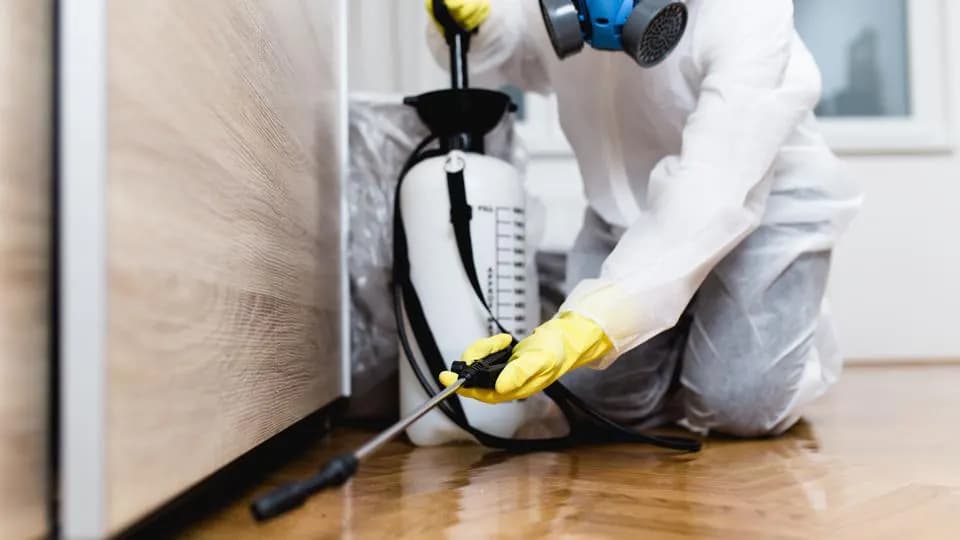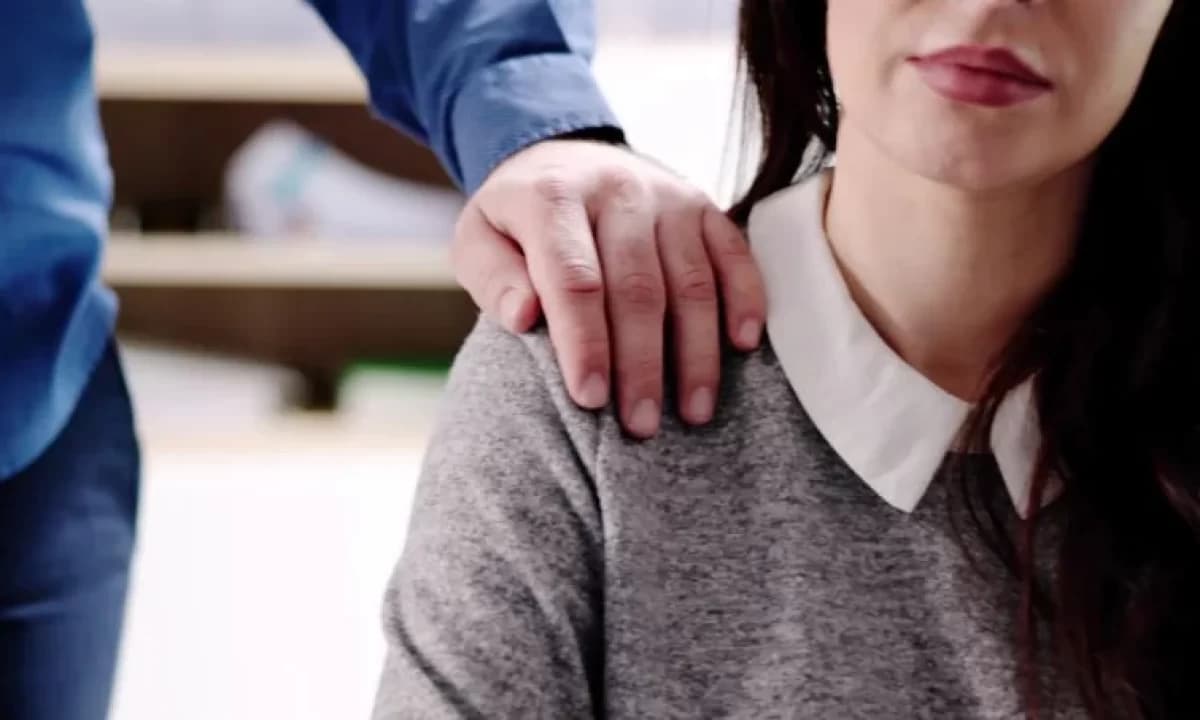The fashion and textile industry are one of the most significant revenue generating segments with a market value of over 28 billion AUD in Australia. It is the second-largest consumer of textiles per person around the globe, after the USA. Each year, every Australian purchases an average of 27 kilograms of new clothes and disposes of 23 kilograms into the landfill. To resolve this, the Australian government, industries and other stakeholders hosted the first National Clothing Textile Waste roundtable to discuss textile production and waste management techniques to address the challenges. One of the most promising solutions is practising circular fashion and circular economy.
What Led to the Development of Circular Fashion?
The National Waste Report reported that Australians discarded over 800,00 tonnes of rubber, leather and other textile waste over the past year. The industry contributes to 93% of the textile waste produced in the country. Every bit of clothing that ends up in the landfill also contributes to the consumption of water, electricity and fuel used to generate it. Additionally, about 60% of the textiles are synthetic materials originating from plastic, including polyester, nylon, acrylic etc. It indicates an urgent need for the country to build circularity in the fashion industry as a definitive solution.
Understanding the Concept of Circular Fashion and Economy
In 2017, Anna Brister introduced the concept of circular fashion based on the idea of a circular economy. To understand it, one must reframe the way one perceives the life of a clothing item or a product. Generally, people have the perception that fashion is linear. A manufacturer procures the necessary raw materials, manufactures the clothing item, sells it in the market where the consumer buys it and discards it after use. The end of the life cycle of these clothes is landfill. But circular fashion functions to understand that the fashion industry must reuse its resources while producing new ones. At every step of production, manufacturers pay keen attention to the sustainability and longevity of the materials. They question its usability, source materials, a fair wage for workers, contribution to local pollution, repair, redesign, reuse and recycling of clothes. A circular economy promotes buying less to minimize waste production at the core.
How Has the Fashion World Integrated Circular Economy in Its Working?
Choice of Materials
The first decision that sustainable manufacturers make is the choice of materials they use to produce the textiles or the clothing item. They go for materials that do not pollute and are not plastic derivatives. Examples include wool, cotton, silk etc. These materials originate directly from trees and animals grown sustainably. Manufacturers use every part of the material and ensure that there is non-biodegradable waste in the landfill. This choice fundamentally affects the decisions they make throughout the entire process.
Quality of the Product and Sustainability Practices
One of the enforcers of exponential fashion waste that is destroying the planet is low-quality clothing. Clothes made of poor-quality fabrics, tools and processes which sell at low prices are not durable. They lead to the consumer disposing of them more frequently and not reusing them. In the circular fashion industry, the manufacturers focus on reducing it by creating high-quality products. They can be relatively pricey but are economical in the long run as users would not have to throw them away after only a few uses. Circular clothing manufacturers focus on shifting the trend of use-and-throw culture to reuse and recycle. Consumers can reuse old clothes at home or drop them off to recycle and produce new clothing.






